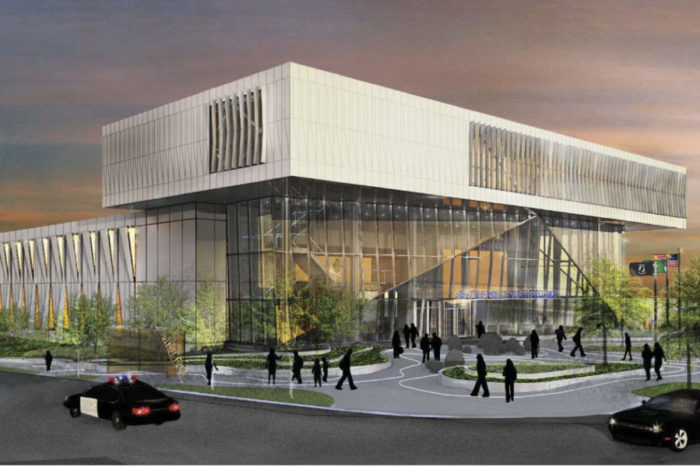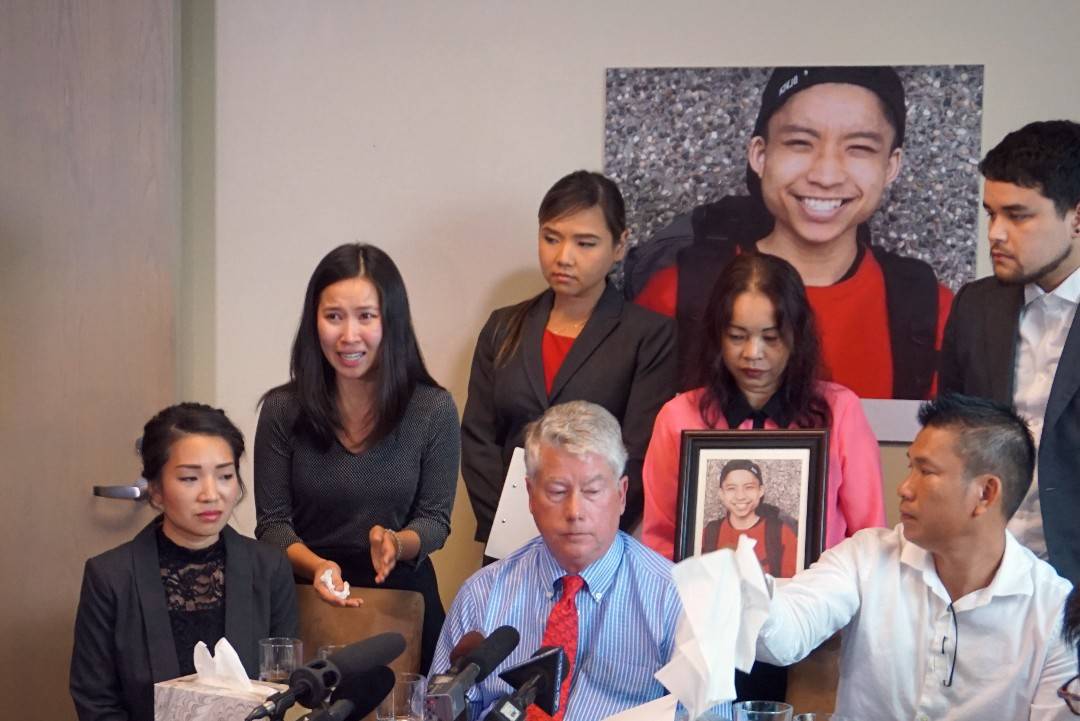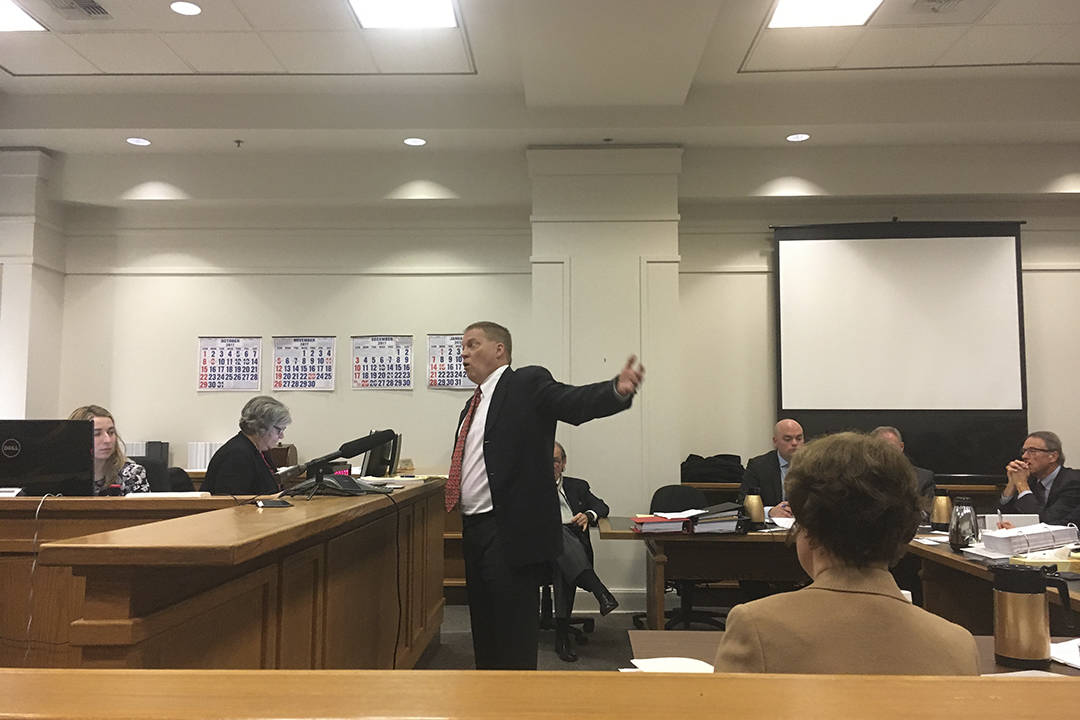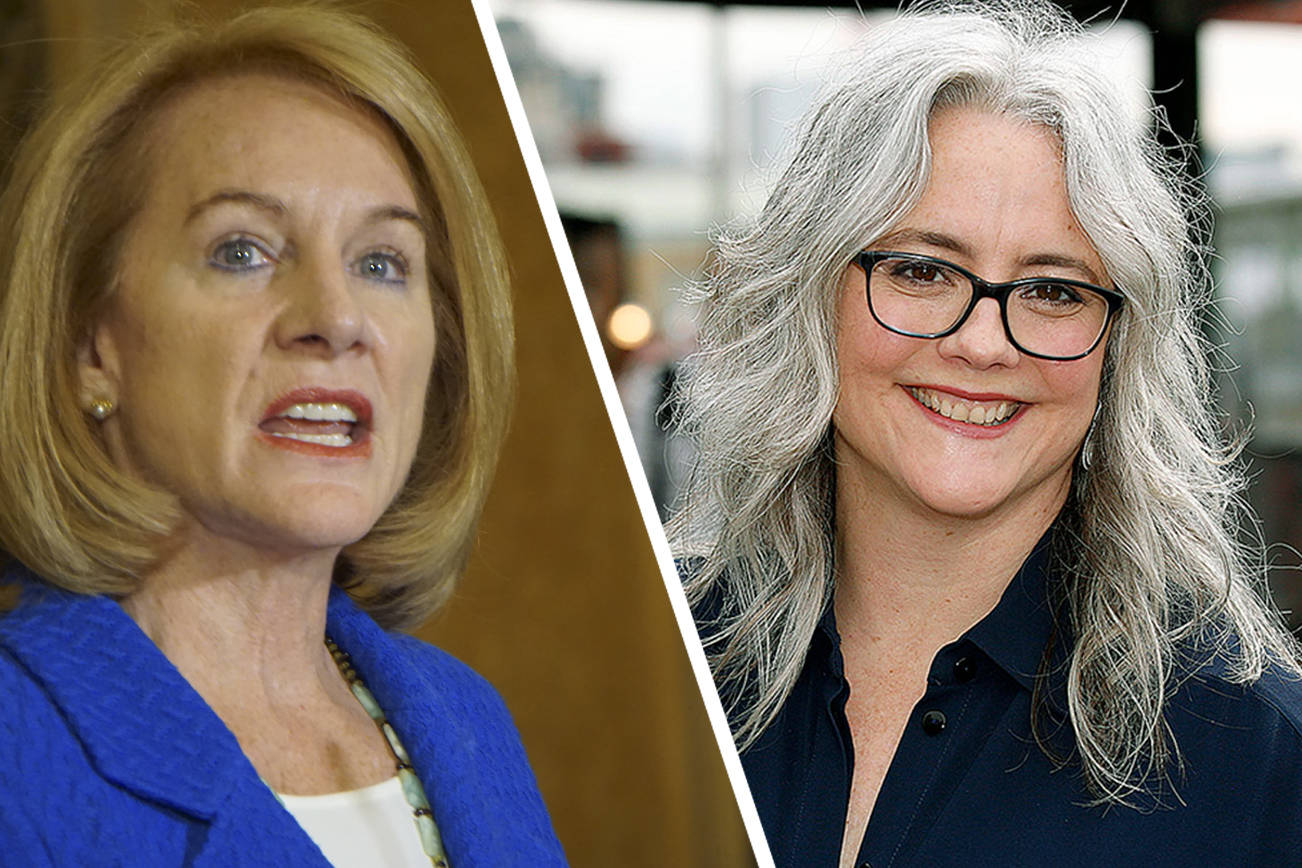For two years now, Seattle University has conducted a city-wide survey about Seattle’s micro community policing plans, asking respondents what police are doing right and doing wrong and breaking down the data by neighborhood—which then gets shared with the brass at the Seattle Police Department.
Last year’s survey drew out a lot of universal themes: Across the city, people were concerned with police response times, homelessness, and property crimes. But in other respects, the particular character of individual neighborhoods showed through in the results. For example, in the South Precinct, which covers places like Columbia City, Georgetown, Rainier Beach, and SoDo, concerns over racial bias in policing was a common theme among respondents; in Hillman City, “concerns about selective enforcement/racial bias” was the most prominent theme drawn from narrative comments about policing, according to Seattle U. Meanwhile, in North Seattle, police accountability and bias did not register as a concern in any of the 12 neighborhoods looked at.
“We set out to measure what mattered to citizens in terms of what was foremost on their minds. [Police bias] did not bubble up to the top in the North Precinct,” says Jacqueline Helfgott, chair of the Seattle University Department of Criminal Justice, which conducted the survey.
The neighborhood of Sand Point had a particularly good relationship with police, boasting the lowest crime rate and highest “police legitimacy” rate in the city; in other words, neighbors in Sand Point held cops in higher regard than anywhere else in the city.
The figures, in short, belie a narrative that is quickly forming in the aftermath of the police shooting of Charleena Lyles in Sand Point on Sunday, that narrative being that the North Precinct has a serious problem with racial bias. In Sunday’s shooting, two white police officers shot and killed Lyles, a black woman, whom the police claimed was approaching them with a knife. The shooting comes a little more than a year after Che Taylor, a black man, was killed by police in Wedgwood. The North Side is also the proposed location of what would be the most expensive police precinct in the country, a (delayed but still alive) project that has become a flash-point in Seattle’s debate over police spending. And the North Precinct is home base to a majority of of the rank-and-file officers who sued (unsuccessfully) to stop federally mandated police reforms from taking effect in Seattle, reforms designed to reduce racial bias in the force.
In sum, North Seattle, where race is supposedly not a major issue, is at the same time the stage on which Seattle’s debate on biased policing continues to play out in its most dramatic forms.
Activists have taken to Twitter to press this point.
Two VERY important things to remember about the North Precinct, which polices the area where #CharleenaLyles lived:
— Brett Hamil (@BrettHamil) June 19, 2017
Andre Tayor, Che Taylor’s brother, also didn’t mince words in a succinct email to Seattle Weekly.
“The North Precinct is the same precinct that killed my brother and I believe something awful is centered there!” he writes. In a follow-up phone interview, Taylor wonders if the larger white population in North Seattle hurts officers’ ability to overcome racial biases they may have.
“If interactions [with people of color] are few and far in between, you’re able to keep that idea of what you think. I do think that plays a part,” Andre Taylor says. (Important note: while large swaths of North Seattle are less diverse than South Seattle, the U District and the Northgate area are both notably diverse).
However, Peter Rogerson, an at-large member of the North Precinct Advisory Council, says people shouldn’t be so quick to jump to conclusions about the Sand Point shooting, nor the North Precinct in general.
“The investigation is so young. I think it’s asinine to think everything went perfectly, or everything went terribly,” says Rogerson, who emphasized he was not speaking on behalf of the council. “It’s just way too premature to say that this was some kind of racial hit or something like that, or that [the officers] were afraid of a black person.”
Rogerson says biased policing isn’t a major topic of conversation at the advisory committee, as is reflected in the Seattle University survey.
“I wouldn’t say it always comes up as an issue. It certainly isn’t ignored or anything like that. But wouldn’t call it an issue per se by itself,” he says.
Meanwhile, in South Seattle, where racial bias is a concern, race is built into nearly everything the police do, says Pat Murkami, president the South Seattle Crime Prevention Council.
“We have more police officers of color than the other precincts. Every one of the key people on our leadership team are all African American. There’s just a great level of dedication,” says Murkami.
This isn’t to say that there aren’t issues of racial bias in the South Precinct. On the contrary, as the Seattle University survey results show, it remains a primary concern. But the Seattle University results also show that race will be an issue that continues to be addressed in those neighborhoods. Helfgott says the survey data is shared with precinct captains to aid them in micro community policing, in which officers take a granular look at the needs of the city, block by block. That means that while graffiti may get some extra attention in Georgetown, speeding may get more emphasis in Montlake. It also means that while in Hillman City biased policing may get an extra look, up north racial bias won’t be a blip on the radar—as far as the survey goes, at least. But that doesn’t mean it won’t get talked about.
Mike Buchman, communication director for Solid Ground, which operates the housing complex Lyles and her three children lived in, says there are discussions happening now at the campus about whether police can be trusted. A survey, of sorts, on police legitimacy in their corner of Sand Point.
“‘Perhaps we shouldn’t call the police.’ Those are the kinds of conversations that are happening now,” he says.
dperson@seattleweekly.com








